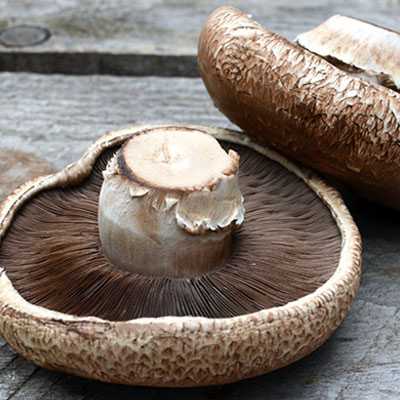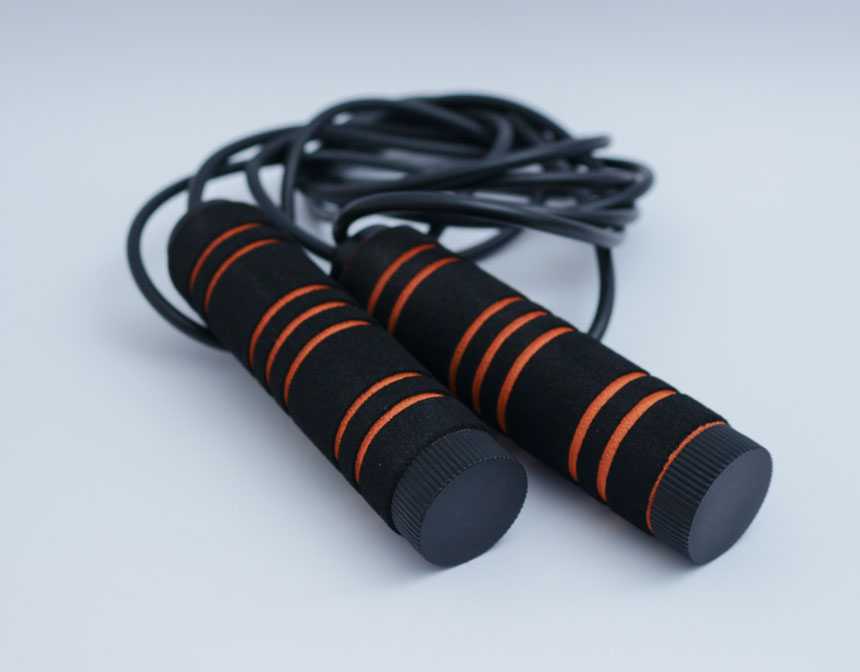The Origins of Potsticker Soup
Potsticker Soup is from the heart of Asian culinary traditions, where dumplings and broths are staple elements in many dishes. Potstickers, known as 'Jiaozi' in China, have been savored for centuries, not just for their taste but also for their symbolic value during celebrations like the Chinese New Year. The potsticker soup recipe is a more contemporary creation, marrying these beloved dumplings with a hearty, flavorful broth, resulting in a dish that’s both comforting and nourishing.
In modern kitchens, adaptations like the slow cooker potsticker soup have gained popularity for their convenience and ability to blend flavors over time. This version allows all the ingredients, especially the aromatics and spices, to infuse the broth slowly, enhancing the depth of the soup's flavor. Preparing potsticker soup in a slow cooker or crockpot is ideal for busy individuals. You can simply add the ingredients to the crockpot, let it simmer throughout the day, and come home to a warm, ready-to-eat meal.
The crockpot potsticker soup variation is especially suited for colder months, offering a warming and satisfying meal with minimal effort. The slow cooking process tenderizes the vegetables and harmonizes the diverse flavors, making each spoonful a delightful experience. Whether you opt for the traditional stovetop method or the convenience of a slow cooker, the potsticker soup recipe remains a versatile and beloved dish, bringing a taste of Asian comfort food to tables around the world.
What’s The Difference Between Potstickers And Soup Dumplings?
Potstickers and soup dumplings are both popular types of Asian dumplings, but they have distinct differences in preparation, ingredients, and eating experience.
Potstickers:
- Preparation: Potstickers, known as "guotie" in Mandarin, are typically made with a thin dough wrapper filled with a mixture of meat (such as pork or chicken), vegetables (like cabbage or chives), and seasonings.
- Cooking Method: They are first pan-fried on one side until crispy and golden brown, then water is added to the pan, and it is covered to steam the dumplings. This dual cooking method gives potstickers their characteristic 'crispy on one side and soft on the other' texture.
- Texture and Flavor: Potstickers have a slightly chewy texture with a crispy, golden bottom. The filling is savory, and they are often served with a dipping sauce made of soy sauce, vinegar, and sometimes chili oil.
Soup Dumplings:
- Preparation: Soup dumplings, or "xiaolongbao", originate from the Jiangnan region of China. They are made with a thicker dough and traditionally filled with pork and a gelatinized meat broth.
- Cooking Method: These dumplings are steamed in bamboo baskets, which allows the gelatinized broth inside to melt, creating a soup-like consistency inside the dumpling when eaten.
- Texture and Flavor: Soup dumplings are tender and have a soupy, juicy interior. Eating them usually involves a technique to avoid spilling the hot broth inside, often by biting a small hole and sipping the broth before consuming the rest of the dumpling.
Key Differences:
- Cooking Technique: Potstickers are pan-fried and steamed, giving them a crispy bottom, while soup dumplings are solely steamed.
- Filling: Soup dumplings contain a gelatinized broth that turns to liquid when steamed, creating a ‘soup’ inside, unlike potstickers, which have a solid filling.
- Eating Experience: Eating soup dumplings is unique due to the hot broth inside, whereas potstickers are enjoyed more like other traditional dumplings.
Both potstickers and soup dumplings offer unique and delightful tastes and textures, making them beloved dishes in Chinese cuisine and around the world.
What To Serve with Potsticker Soup?
Here are our delicious recipes that you can serve with Potsticker Soup:












































